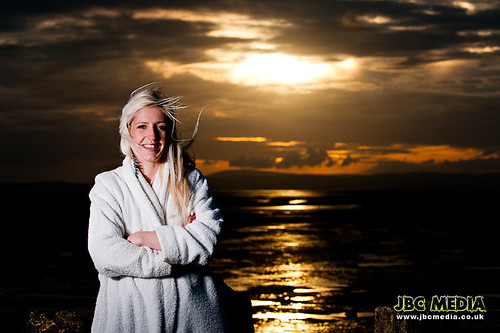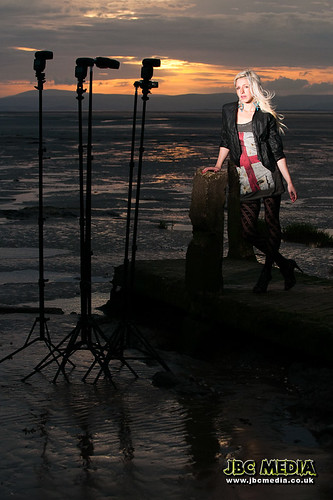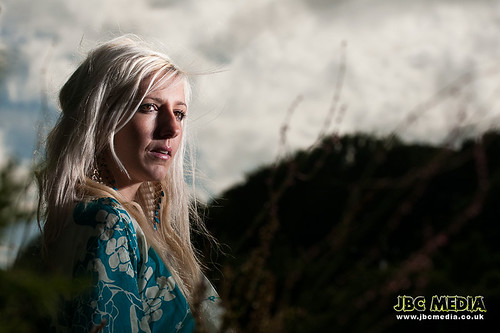- Messages
- 6,671
- Name
- Wail
- Edit My Images
- No
There's been many thread about this, I know, but the situation here is unique, I think / hope.
Ive read as much as is logically possible to get my head around this. Since getting into using flash, Ive done nothing other than reading about using them, in their various modes. I am very comfortable and happy using 1, 2 or 3 SB900 in an indoor studio environment, with various modifiers, be it TTL or manual. Its not a big issue for me controlling the light in that situation. Getting something artistically good is another ballgame and Ill leave that for now.
What I am struggling with is getting the right amount of fill in flash when shooting out in the sun (doing portraits and glamour out in the desert).
I have the camera on manual & meter for the landscape using matrix metering, have the flash off-camera set on TTL and shooting using Nikon CLS. Be it one, two or three flash, I have them all set to TTL leaving it to the camera to decide on light strength.
I am much happier, when indoors, to use Manual mode for the flash; but the dilemma is that when outdoors there is no way to see what the exposure is like.
What happens, because I cant see the pictures (nothing can be seen on the LCD due to the excessive light from the sun), I have no clue as to how much light Im getting from the SB900. I end up bracketing them, +1, +2, +3 but thats the problem, its all hit & miss (mostly misses).
How do I set the flash so that they are giving me just the right amount of fill-in?
In studio, thats dead easy, I take a shot and have a look at the picture and histogram; but out in the sun, there is no way I can see the histogram or the image on the screen.
Its impractical for me to run to a shaded area to try and see what the exposure was like after every shot, just not doable; basically, I am shooting blind :shrug:
Ive thought of using a lightmeter, but thats another expense and Id rather see if may be theres something Im doing wrong, or missing.
Any help would be greatly appreciated. Thank you
Ive read as much as is logically possible to get my head around this. Since getting into using flash, Ive done nothing other than reading about using them, in their various modes. I am very comfortable and happy using 1, 2 or 3 SB900 in an indoor studio environment, with various modifiers, be it TTL or manual. Its not a big issue for me controlling the light in that situation. Getting something artistically good is another ballgame and Ill leave that for now.
What I am struggling with is getting the right amount of fill in flash when shooting out in the sun (doing portraits and glamour out in the desert).
I have the camera on manual & meter for the landscape using matrix metering, have the flash off-camera set on TTL and shooting using Nikon CLS. Be it one, two or three flash, I have them all set to TTL leaving it to the camera to decide on light strength.
I am much happier, when indoors, to use Manual mode for the flash; but the dilemma is that when outdoors there is no way to see what the exposure is like.
What happens, because I cant see the pictures (nothing can be seen on the LCD due to the excessive light from the sun), I have no clue as to how much light Im getting from the SB900. I end up bracketing them, +1, +2, +3 but thats the problem, its all hit & miss (mostly misses).
How do I set the flash so that they are giving me just the right amount of fill-in?
In studio, thats dead easy, I take a shot and have a look at the picture and histogram; but out in the sun, there is no way I can see the histogram or the image on the screen.
Its impractical for me to run to a shaded area to try and see what the exposure was like after every shot, just not doable; basically, I am shooting blind :shrug:
Ive thought of using a lightmeter, but thats another expense and Id rather see if may be theres something Im doing wrong, or missing.
Any help would be greatly appreciated. Thank you





 ? Not sure what you're getting to?
? Not sure what you're getting to? then
then